Hyejin Youn
Industrial Topics in Urban Labor System
Sep 18, 2020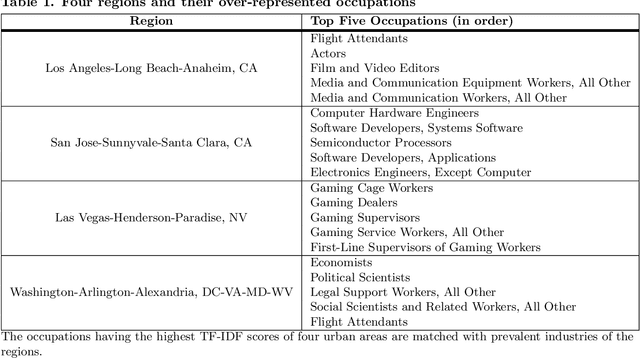
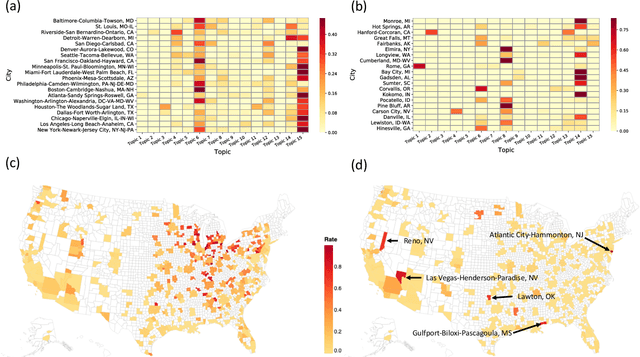
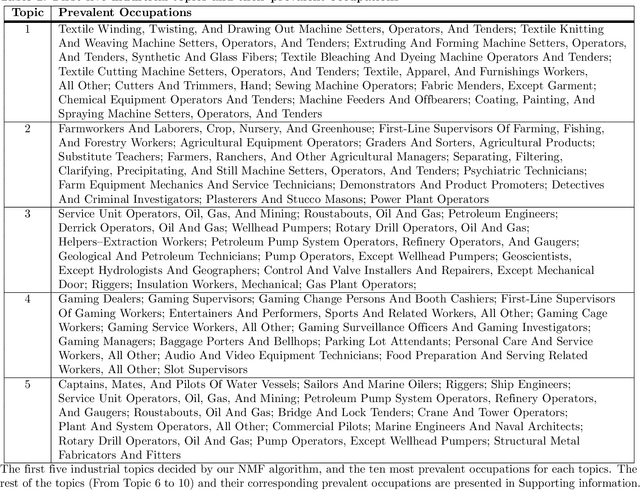
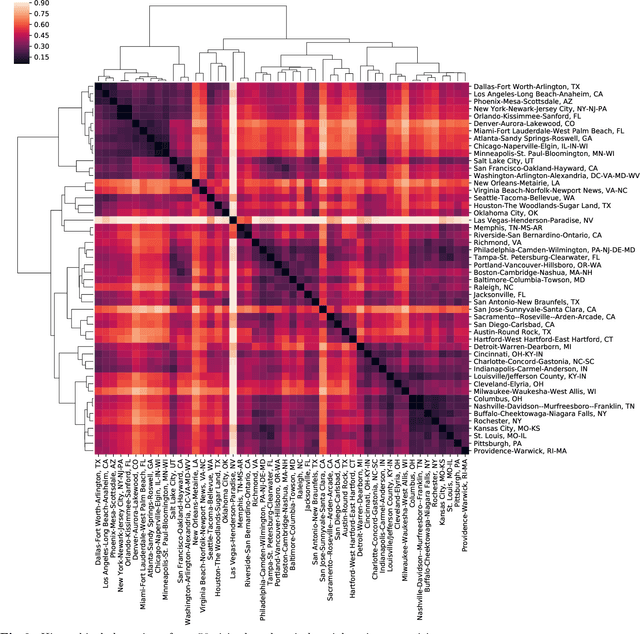
Abstract:Categorization is an essential component for us to understand the world for ourselves and to communicate it collectively. It is therefore important to recognize that classification system are not necessarily static, especially for economic systems, and even more so in urban areas where most innovation takes place and is implemented. Out-of-date classification systems would potentially limit further understanding of the current economy because things constantly change. Here, we develop an occupation-based classification system for the US labor economy, called industrial topics, that satisfy adaptability and representability. By leveraging the distributions of occupations across the US urban areas, we identify industrial topics - clusters of occupations based on their co-existence pattern. Industrial topics indicate the mechanisms under the systematic allocation of different occupations. Considering the densely connected occupations as an industrial topic, our approach characterizes regional economies by their topical composition. Unlike the existing survey-based top-down approach, our method provides timely information about the underlying structure of the regional economy, which is critical for policymakers and business leaders, especially in our fast-changing economy.
On the universal structure of human lexical semantics
Apr 29, 2015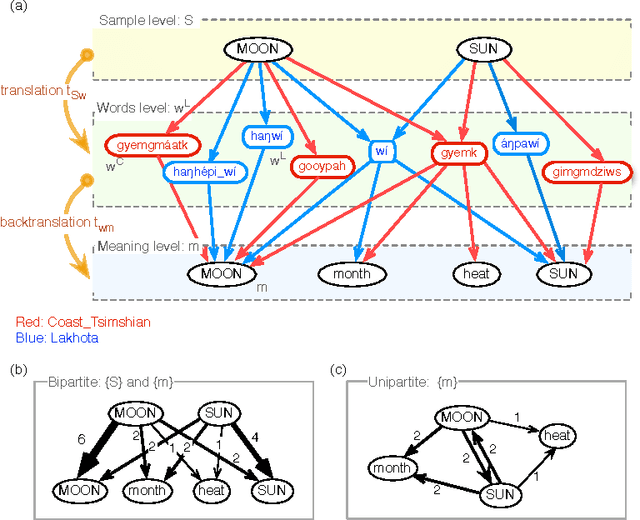
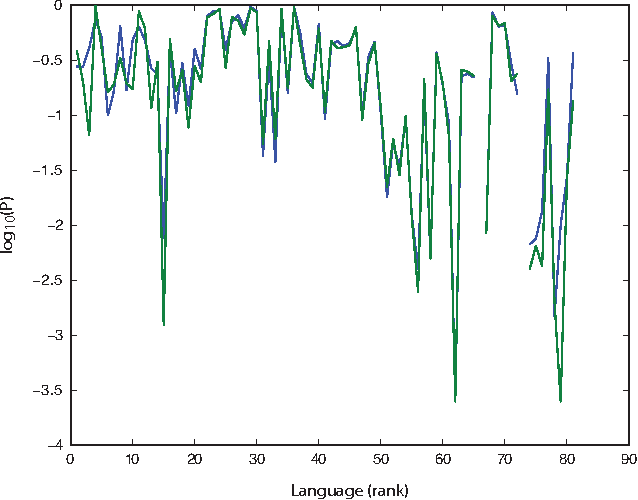
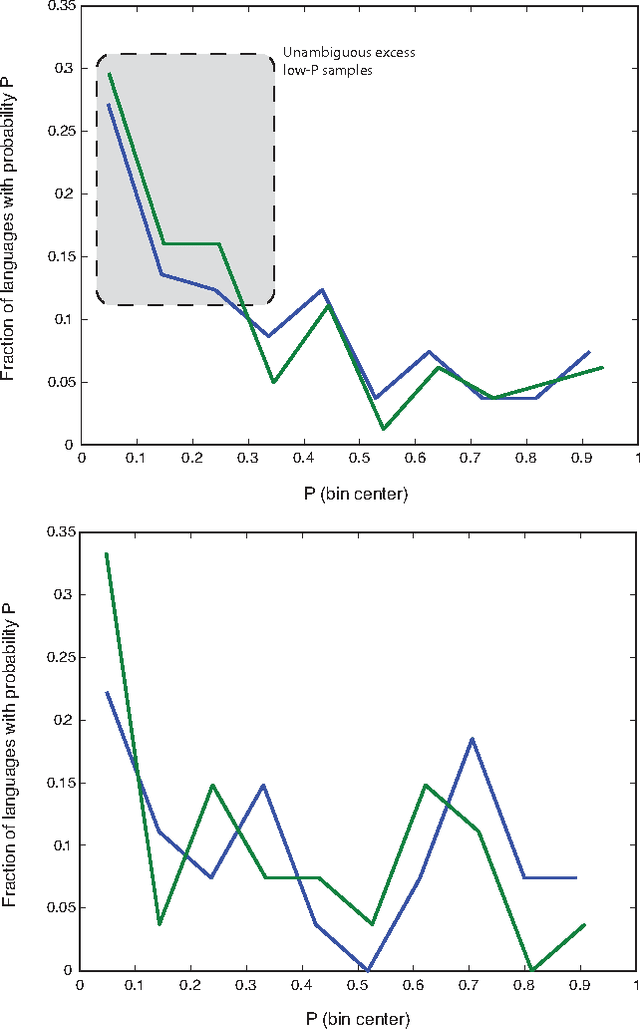
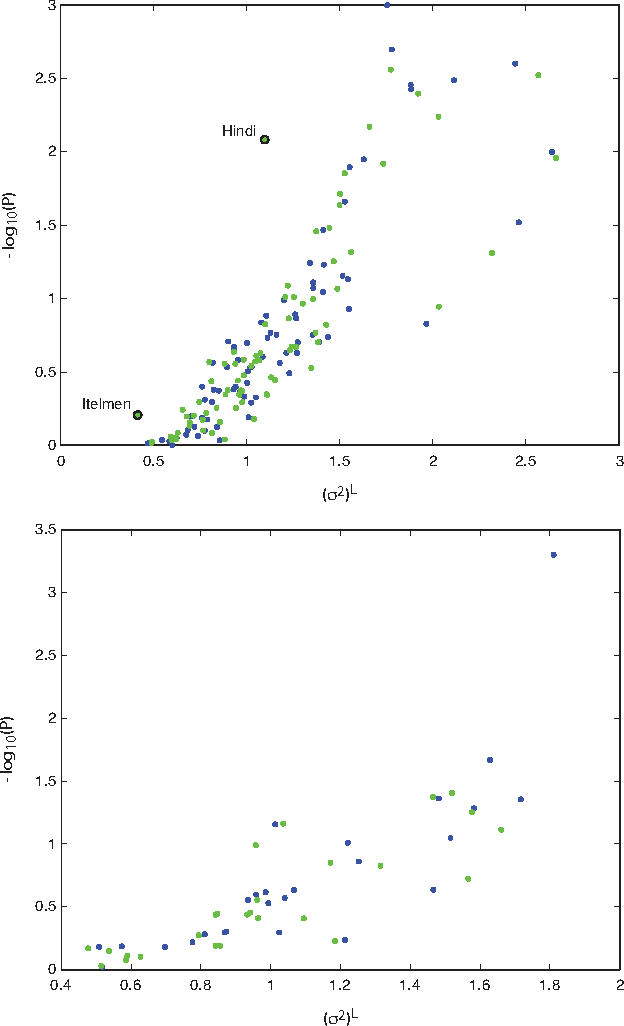
Abstract:How universal is human conceptual structure? The way concepts are organized in the human brain may reflect distinct features of cultural, historical, and environmental background in addition to properties universal to human cognition. Semantics, or meaning expressed through language, provides direct access to the underlying conceptual structure, but meaning is notoriously difficult to measure, let alone parameterize. Here we provide an empirical measure of semantic proximity between concepts using cross-linguistic dictionaries. Across languages carefully selected from a phylogenetically and geographically stratified sample of genera, translations of words reveal cases where a particular language uses a single polysemous word to express concepts represented by distinct words in another. We use the frequency of polysemies linking two concepts as a measure of their semantic proximity, and represent the pattern of such linkages by a weighted network. This network is highly uneven and fragmented: certain concepts are far more prone to polysemy than others, and there emerge naturally interpretable clusters loosely connected to each other. Statistical analysis shows such structural properties are consistent across different language groups, largely independent of geography, environment, and literacy. It is therefore possible to conclude the conceptual structure connecting basic vocabulary studied is primarily due to universal features of human cognition and language use.
* Press embargo in place until publication
 Add to Chrome
Add to Chrome Add to Firefox
Add to Firefox Add to Edge
Add to Edge